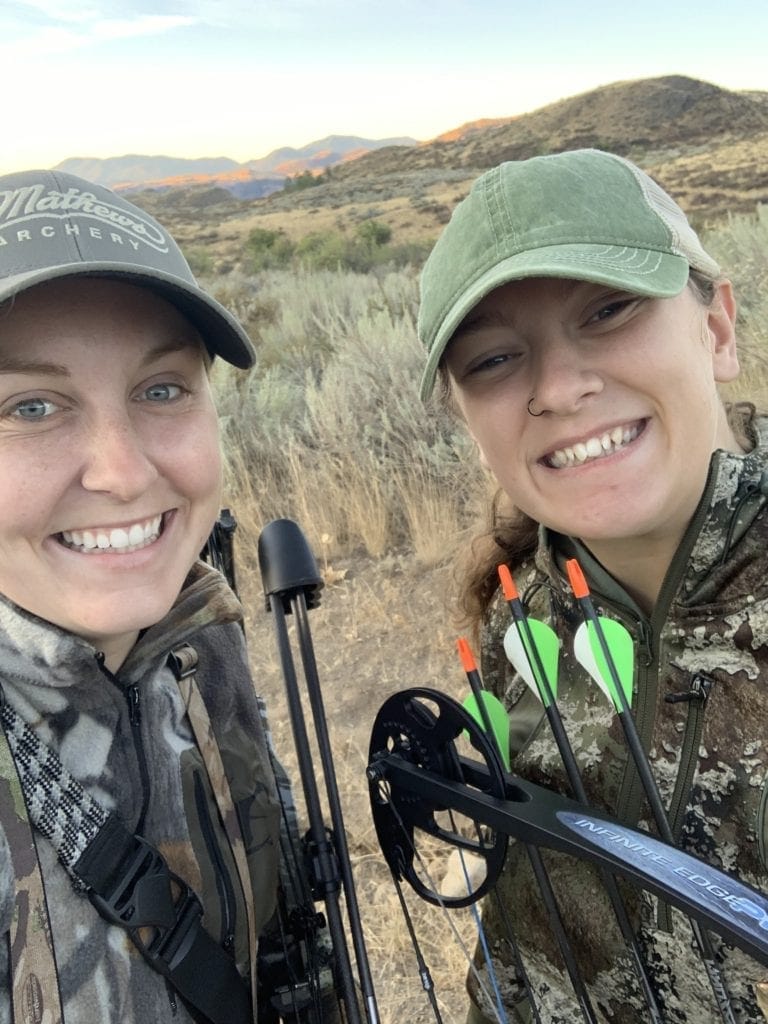I take for granted that I grew up hunting with my dad. As a kid, all I had to do was jump in the truck, hike when he told me to hike and sit where he told me to sit. I put in the effort, but I had little to do with the actual planning.
Now that my dad and I are in different states during hunting season, I’ve had to learn how to plan and execute hunts on my own. However, I use those years of experience to help me. Many new hunters have to figure everything out on their own.
If you are from a background similar to mine, where friends and family are active hunters, you may not realize what’s happening behind the scenes.
Hunting isn’t a natural ability. Hunting is a lot of work mixed with luck. For many, hunting can seem daunting and overwhelming when you first start. Without some form of small success, they may not choose to continue.
Prior to 2020, fish and game agencies across the nation actually experienced a decline in the number of hunter and angler licenses being sold. Hunting and fishing, a tradition passed down by generation, were passions left neglected and forgotten. This is cause for concern, as license dollars fund many conservation activities including hatcheries, wildlife areas, and water and land-based habitats. These activities support our fish and wildlife.
R3 Initiatives
These agencies got together to develop the R3 initiative – focused on Recruitment, Retention, and Reactivation.
- Recruiting new outdoors people
- Retaining the ones already in the system
- Reactivating those that have lapsed
These agencies work to alter the image of hunters, anglers, and outdoorsmen. They do this through outreach efforts aimed at recreating the image of hunters and anglers. They hope people begin to see the benefit of participating in these activities and getting outdoors.
When I worked for the Department of Fish and Wildlife in Oregon, I was a member of the R3 initiative strategy team. My team worked on many projects to inspire people to try new outdoor activities through stories, workshops, and clinics. Most of my personal work was with archery education.
One of my favorite experiences was hosting a bow fishing workshop. Many participants mentioned that bow fishing was something they had wanted to try for a long time, but never had the equipment or knowledge to do so. Some had fishing experience, a few were bowhunters, and for many, it was their first experience with either.
Each person was only required to bring an angling license and my team covered everything else. Participants learned about equipment, location, shooting, and how to fillet a carp.
Agencies provide new hunters with the information necessary to help them reach their hunting goals. While this can be frustrating to many current hunters, who think their hunting spots are being run over by new hunters, here’s something we need to remember:
We depend on each and every hunter, angler, and outdoorsman to continue making public access possible. We are the main source of conservation funding. It’s not possible without new hunters.

Two years ago, a friend came to me and asked for help picking a bow and learning to shoot. Last year, I was able to take her on her first hunting trip. We only had 3 days together and spent every moment we could in the woods on public land. Sometimes we hiked and saw other hunters, and sometimes we had entire hillsides to ourselves.
One night we were driving past a field and saw our first small group of deer. My friend got so excited, pushed her face against the glass window to watch them as we drove by. She turned towards me and said, “Did you see all those deer?” Her smile was full of excitement.
Women Who Hunt: A How-To Guide on Hunting Like a Girl
If you can, be willing to mentor your friends who want to start hunting or fishing. Take them shooting, give them advice on locations, and help them pick out gear that will work for them. Anything to help them get started.
Help them find the simple excitement and reach their goals to keep them outdoors for years to come.
